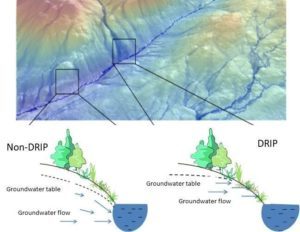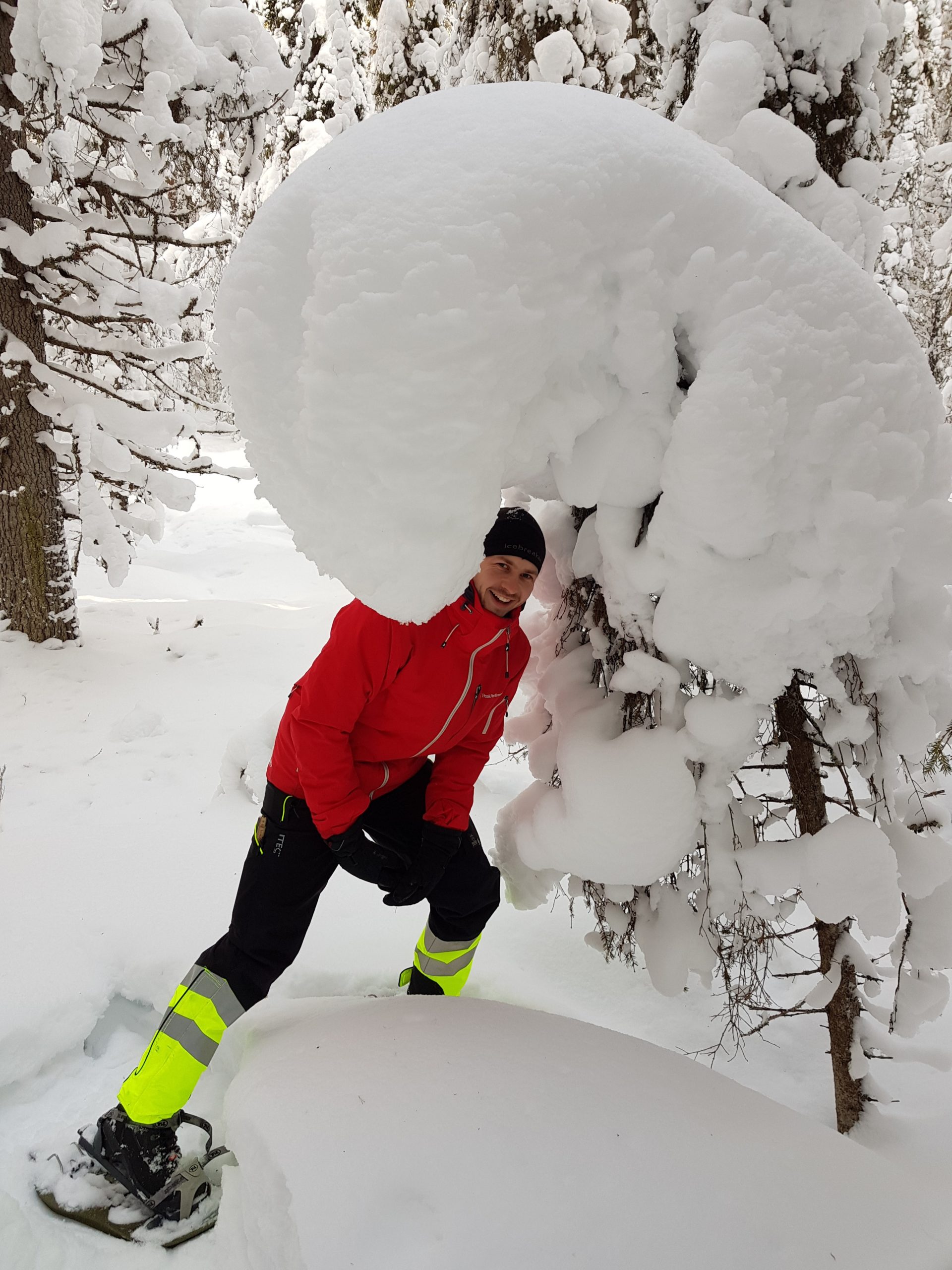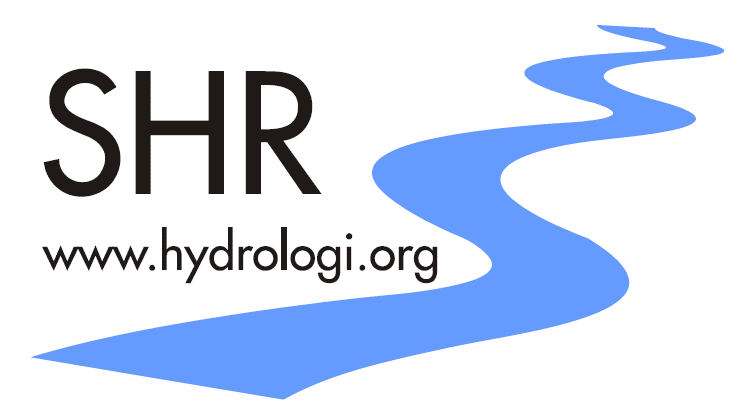Written by: Stefan Ploum & Lenka Kuglerová
A new study from the Swedish University of Agricultural Sciences (SLU) in Umeå shows that the tight link between headwater streams and surrounding hillslopes is especially important in so call DRIPs (Discrete Riparian Inflow Points, Fig. 1). The leading author of the study, Stefan Ploum (Fig. 2), explains that they found almost double the dissolved organic carbon (DOC) concentrations in groundwater in DRIPs compared to the rest of the riparian zone. This riparian DOC is exported to small streams by groundwater flow, which is also elevated in DRIPs. Thus DRIPs have an enormous control over the aquatic carbon balance on a landscape level.

In earlier studies, DRIPs were found to have more diverse communities of riparian vegetation, wet and organic rich soils and higher nutrient content, and higher activity of aquatic organisms directly downstream of a DRIP. In his PhD thesis, Stefan Ploum explores the links between headwater streams and their surroundings. A large part of the thesis is devoted to the DRIPs and how we can use them to explain spatial heterogeneity in small streams’ water quality and quantity. That is why in Stefan’s work, a network of 63 riparian groundwater wells has been established in the Krycklan catchment in northern Sweden. These wells are systematically placed on DRIPs and neighboring non-DRIP areas along three different headwater streams. This paired design allow to compare DRIP and non-DRIP groundwater chemistry as well as the chemistry and hydrology of the adjacent streams.

From Stefan’s and others work, it starting to be increasingly evident that although DRIPs cover only small area of the riparian zone (only ca 12% of the riparian zone in the Krycklan catchment is characterized as a DRIP), they play a disproportionally large role in stream water quality and quantity. This is because ca 57% of the water flowing into headwater streams drains through DRIPs. Therefore the team has been suggesting that DRIPs should be considered in forest management plans, for example to be incorporated into riparian buffer design when upland forest is harvested. So called hydrologically adapted buffers (Fig. 3), where the buffer zones are wider on DRIPs and narrower on dryer riparian zones, is proposed as an alternative solution to currently more commonly implemented fixed-width buffers (uniform width of the buffer). It goes without saying, that protecting these parts of the riparian zone is crucial for local and downstream water quality, and stream ecosystem health. Fortunately, delineating DRIPs (Fig. 1) became easy with the availability of high resolution digital elevation models, and as such forest planners can account for those important riparian areas and help protecting the entire stream network.

More reading
Kuglerová, L., Ågren, A., Jansson, R., Laudon, H., 2014. Towards optimizing riparian buffer zones: Ecological and biogeochemical implications for forest management. For. Ecol. Manage. 334, 74–84. https://doi.org/http://dx.doi.org/10.1016/j.foreco.2014.08.033
Lupon, A., Denfeld, B.A., Laudon, H., Leach, J., Karlsson, J., Sponseller, R.A., 2019. Groundwater inflows control patterns and sources of greenhouse gas emissions from streams. Limnol. Oceanogr. 1–13. https://doi.org/10.1002/lno.11134
Ploum, S.W., Leach, J.A., Kuglerová, L., Laudon, H., 2018. Thermal detection of discrete riparian inflow points (DRIPs) during contrasting hydrological events. Hydrol. Process. 32, 3049–3050. https://doi.org/10.1002/hyp.13184
